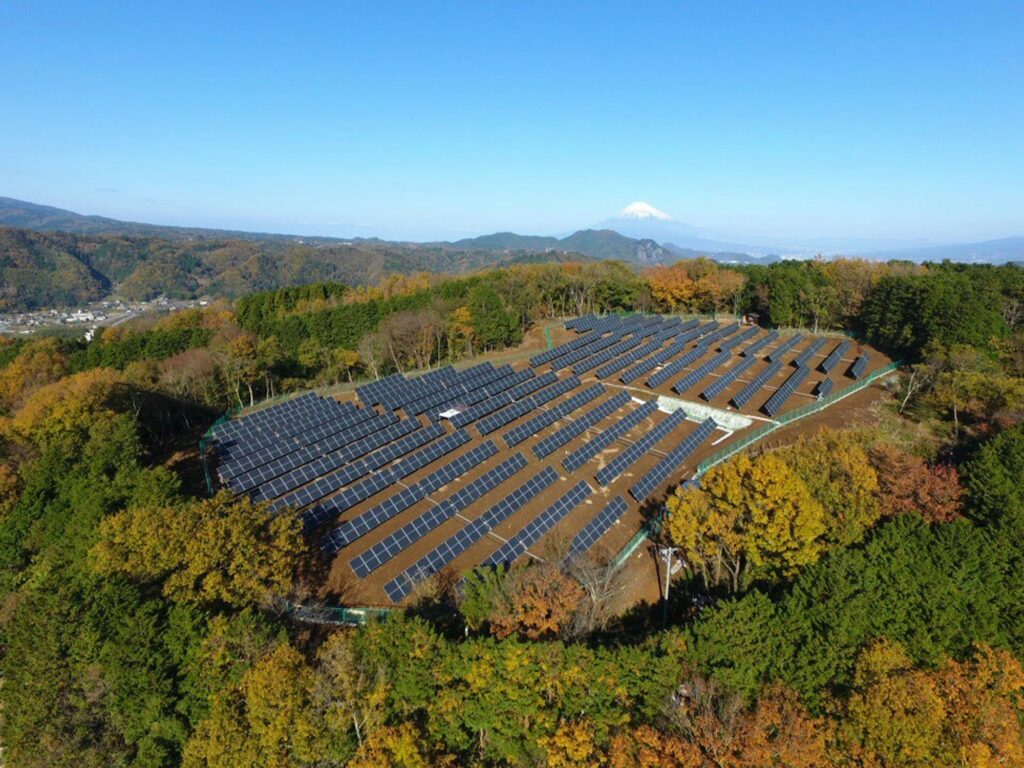The world is becoming more aware of the need to combat climate change, and carbon credits have emerged as an essential tool in this global effort. But how do carbon credits actually come into existence, and what is the process behind their creation and trade? In this article, we’ll explore the key steps involved in creating, verifying, and trading carbon credits, providing a simple yet comprehensive guide for those looking to understand how this crucial environmental mechanism works.

A carbon credit is a market-based certificate that represents the reduction or removal of one metric ton of carbon dioxide (CO2) or its equivalent in other greenhouse gases (GHGs) from the atmosphere. These credits can be bought and sold on various carbon markets, helping businesses, governments, and individuals offset their own emissions by supporting projects that reduce or capture GHGs elsewhere.
The concept of carbon credits is part of a broader strategy to reduce global greenhouse gas emissions, enabling industries to meet climate goals without needing to reduce emissions solely within their own operations. Instead, companies can invest in projects that remove or reduce emissions, essentially outsourcing their environmental impact reductions.
The creation of carbon credits begins with the identification of a project that can reduce or remove greenhouse gases. These projects can take many forms, including:
Once a potential project is identified, the next step is to develop it into a carbon offset project. This involves designing a plan to ensure the project is scientifically valid and has the capacity to deliver measurable emissions reductions over time.
Before a carbon credit project can begin generating credits, it must undergo a process known as validation. This step ensures that the project meets the necessary criteria set by third-party standards. Validation is a crucial part of the carbon credit creation process because it guarantees the project’s legitimacy and that it will indeed deliver verifiable emissions reductions.
During validation, the project must prove the following:
To validate the project, a recognized third-party auditor reviews the project plan and determines whether it meets the criteria of a recognized certification standard, such as:
Once a project is validated, it must go through the verification process. Verification involves independently confirming that the emissions reductions have occurred as planned and that the project is on track to meet its targets. This step usually occurs on a regular basis (e.g., annually or bi-annually), as the project generates carbon credits over time.
Verification is typically carried out by accredited verification bodies, which may include organizations such as:
During the verification process, the project’s performance data is thoroughly examined, including records of emissions reductions, monitoring reports, and other supporting documentation. This process ensures that the carbon credits are credible and backed by real, measurable emissions reductions.
The verification process is vital because it adds confidence to the carbon credit system, ensuring that credits are not issued for projects that haven’t delivered genuine environmental benefits. Without robust verification, the entire carbon credit market would be undermined by fraud and inaccuracies.
Once a project is validated and its emissions reductions have been verified, the next step is the issuance of carbon credits. This means that the project can now officially claim carbon credits and have them registered on a carbon registry.
The carbon registry is an essential platform where carbon credits are tracked, recorded, and issued. Popular registries include:
Each issued carbon credit represents the removal or reduction of one ton of CO2 or its equivalent. These credits are then serialized and can be traded or retired on the voluntary or compliance carbon markets. The issuance process ensures that the credits are tracked accurately, and it provides transparency about the number of credits generated, the project’s progress, and the project’s ownership.
With verified credits issued, the project developers or owners can sell the carbon credits to companies, governments, or individuals who wish to offset their own carbon emissions. Carbon credits are typically sold on voluntary carbon markets or compliance markets, depending on the buyer’s needs.
The price of carbon credits can vary significantly depending on factors such as:
Market prices can range from a few dollars to over $50 per ton of CO2 equivalent.
Once carbon credits have been purchased, the buyer may choose to retire them. Retiring a carbon credit means that it is taken out of circulation and can no longer be resold or reused. This ensures that the credit is permanently accounted for and that the emissions offset is valid.
Retirement is typically recorded in the carbon registry, providing a transparent record of which credits have been retired and by whom. This process is crucial for maintaining the integrity of the carbon credit market, as it ensures that carbon credits are not double-counted or resold.
The creation and trading of carbon credits involve several important steps: project identification, validation, verification, issuance, and sales. These steps are essential for ensuring that carbon credits represent legitimate, verified emissions reductions and that the process is transparent and trustworthy. By supporting carbon credit projects, businesses and governments can contribute to the global fight against climate change, while also achieving their own sustainability goals.
Understanding the steps involved in carbon credit creation and trade is crucial for anyone involved in sustainability efforts, whether you are an environmental consultant, project developer, or a company looking to offset emissions. As the world continues to tackle climate change, carbon credits will remain a vital tool in helping to reduce global emissions and achieve a more sustainable future.